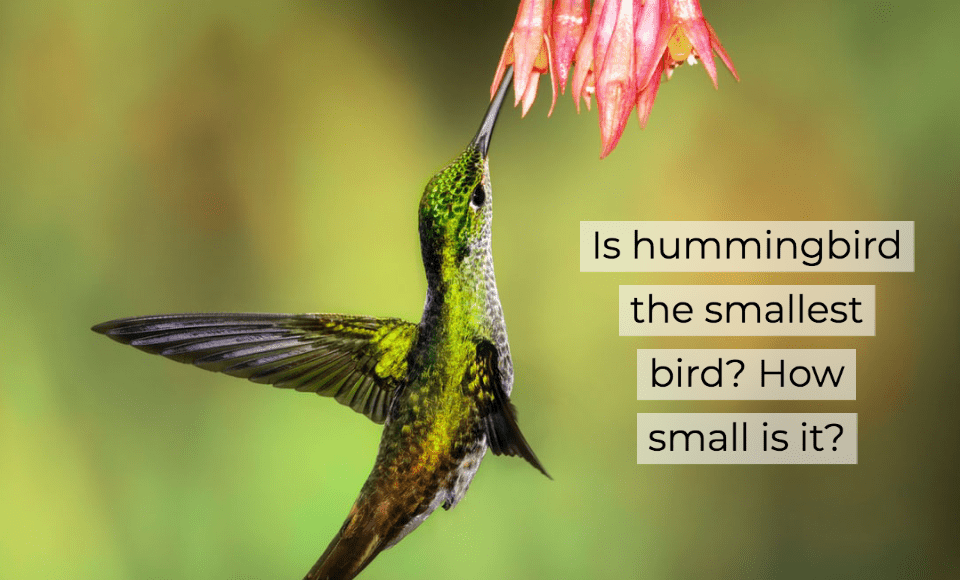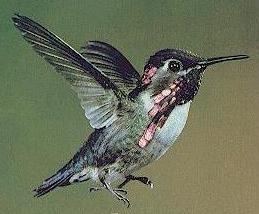When it comes to birds, nature has a lot to offer. No matter where you are, whether in the middle of a populated city, a vast desert, or a lonely island in the middle of the ocean, you can always find some birds. According to one estimate made in 2010, there were about 200 to 400 billion individual birds throughout the world. In 2010, the human population amounted to about 7 billion. It means that there were about 29 to 57 birds in the world for every single person.
If there’s one thing nature has taught us, it’s that it loves variety. There are probably 10, 000 to 13, 000 bird species in the world. Generally speaking, birds are considered to be a well-studied subject as opposed to other organisms such as marine animals and insects. It’s not surprising that birds are such an interesting group to study when you consider the fact that they have been around for much longer than we have. According to one estimate, the first birds have their origin in history to about 60 million years ago! That makes them almost as old as the dinosaurs are, originating only 5 million years (a very little time in the universal calendar) after the extinction of the dinosaurs.
Naturally, birds have spread into almost all parts of the world. They have also evolved into diverse shapes and colors. When it comes to sizes, we are always curious to look at both extremes of the spectrum. It is no different in the case of birds.
The largest bird to ever walk (yes, that’s right, walk – being large comes with a few evolutionary consequences) on the surface of our planet was called the elephant bird, or the Aepyornis. Thanks to fossil records, we know that they stood about 10 feet tall – taller than many modern-day elephants. However, when it comes to the other end of the spectrum, we don’t need to look at the fossil records since the contestants for the tiniest flying vertebrates, besides bats, are very much living and humming.
Hummingbirds are some of the smallest bird species out there, most of them measuring about 3 to 5 inches in length. They are native to the regions of North and South America. The reason that they are called “humming” birds is that the sound they create when they flap their wings resembles a sound similar to a humming voice. This humming can only be produced if the speed at which they flap their wings is extraordinarily high. Larger hummingbirds can beat their wings about 14 times a second. Smaller ones, on the other hand, can fly and hover in mid-air by flapping their wings more than 80 times a second!
Even though they are considered to be small, not all of them are. For instance, the giant hummingbird, a large species of the hummingbird, can grow up to 9 inches in length. Even within hummingbirds, there is a vast diversity of characteristics and physical appearances. There are more than 350 known species of the hummingbird, and each year, new ones are being discovered.
Of these 350 species, the smallest one is known as the bee hummingbird. This beauty is considered to be a miniature even among the world of hummingbirds. On average, they are two and a quarter inches in length. According to a biological principle known as Rensch’s rule, the males tend to be smaller than the females.
Male bee hummingbirds can be as small as 1.9 inches, meaning that you can hold three or four of these in your palm at once. Being so tiny and having mostly hollow bones, a single bee hummingbird may weigh no more than 1/15th of an ounce. That’s lighter than a blade of grass!
When it comes to determining how an organism came to be the way it is, the evolutionary points aren’t always very definite. However, in the case of the hummingbird, they have some of the highest metabolic rates in the bird kingdom, meaning that they need to eat food several times an hour. Also, their diet consists of small insects and nectar from flowers, which makes their size an ideal solution for their natural lifestyle.

